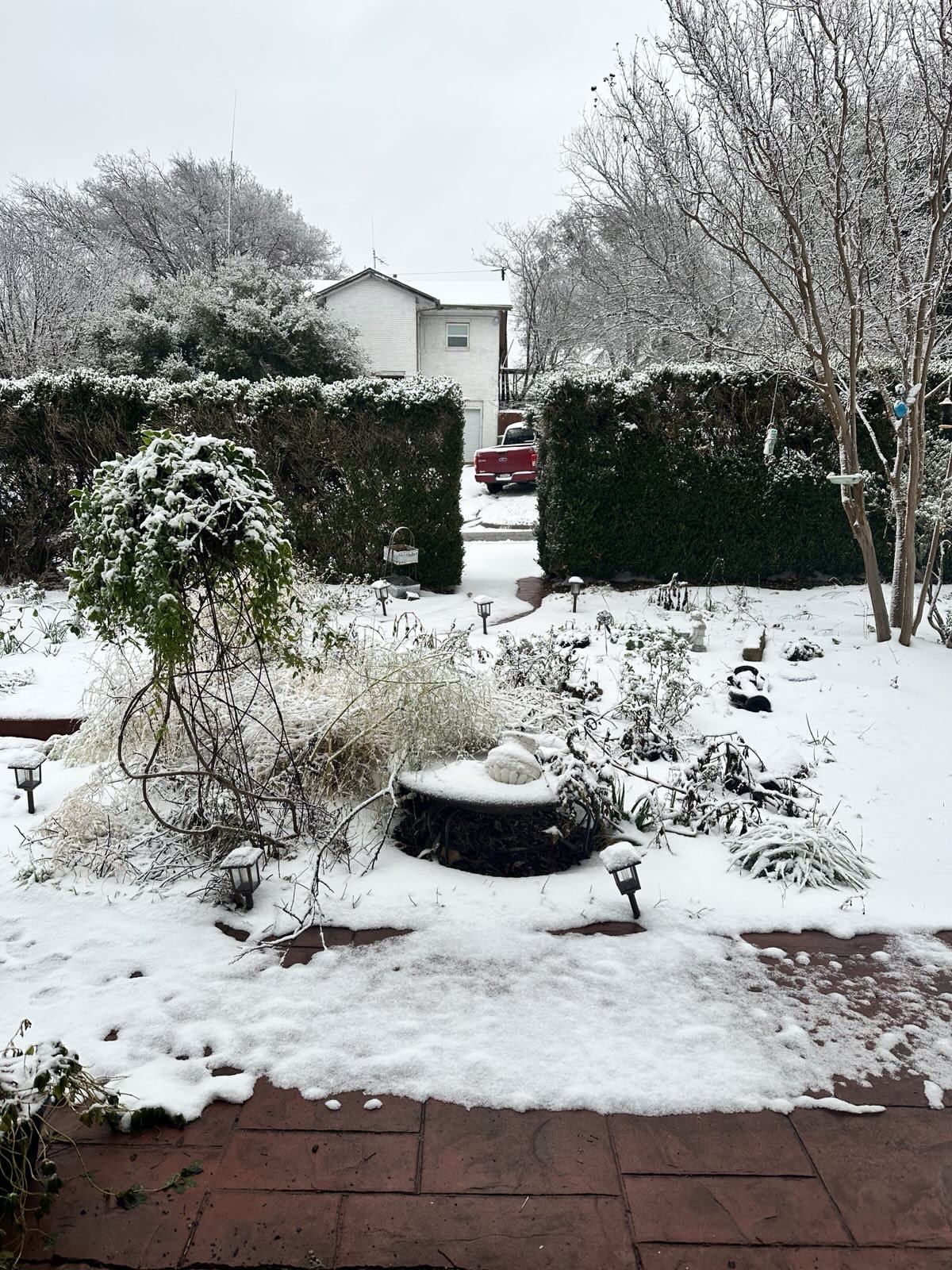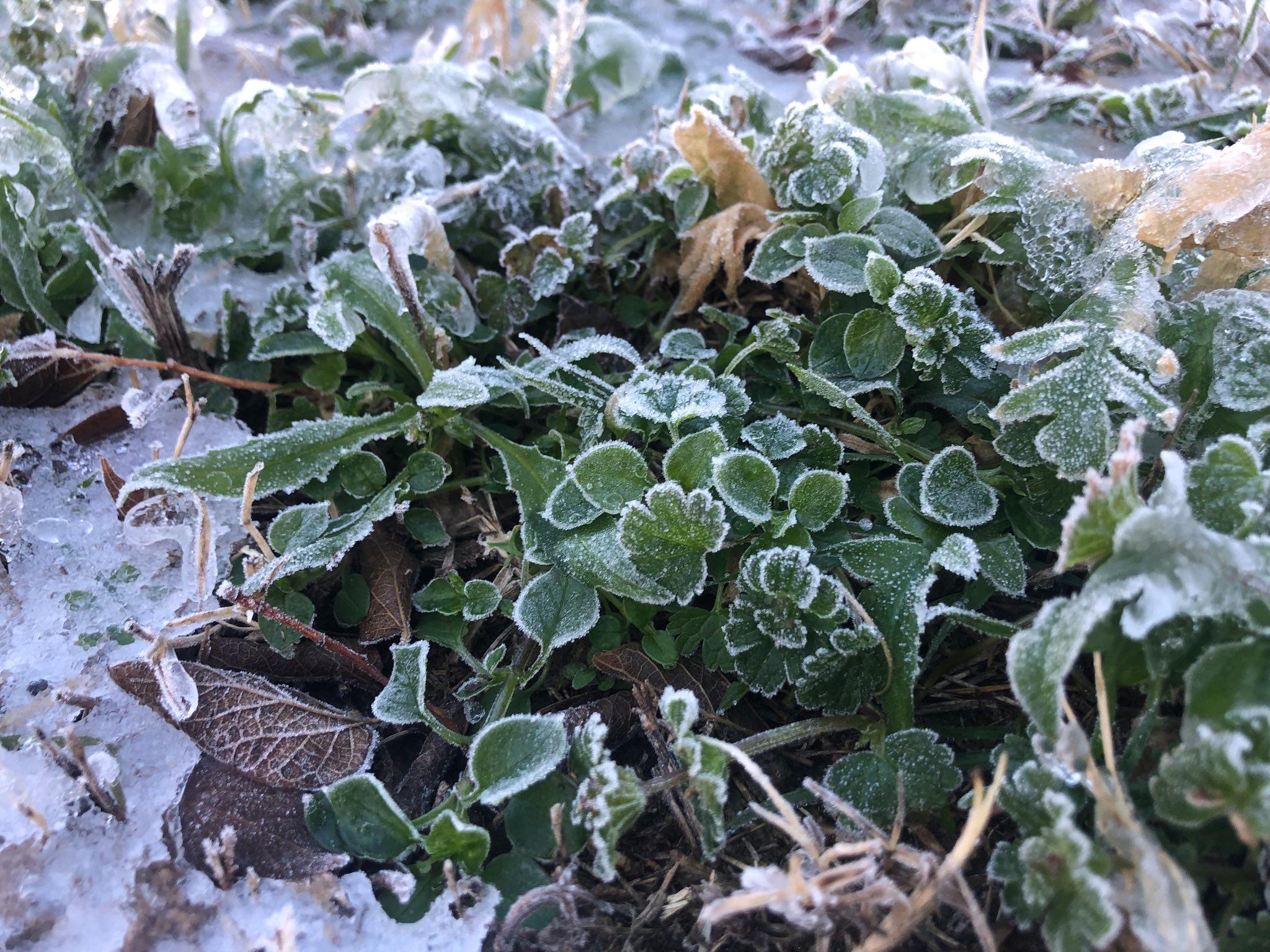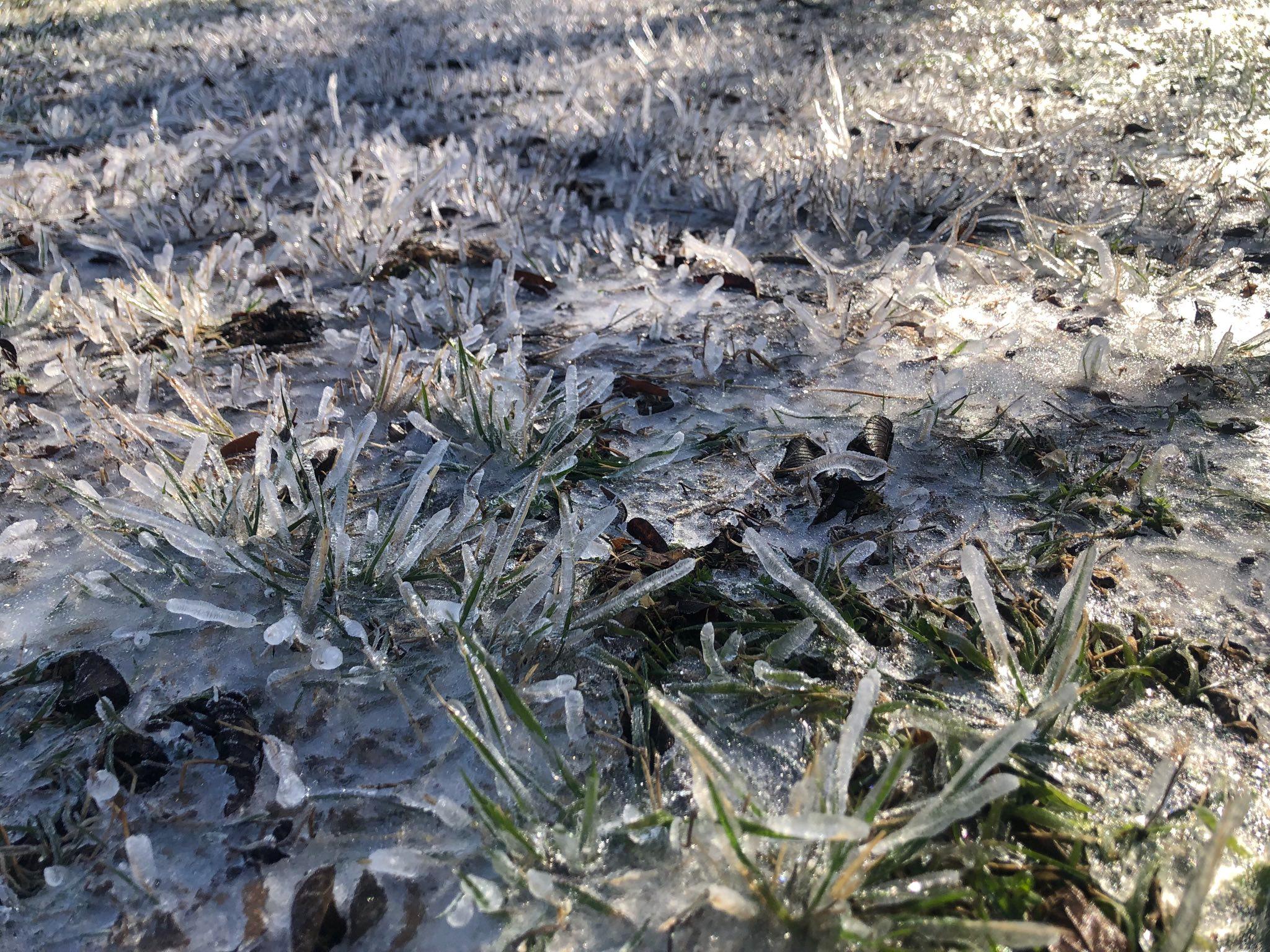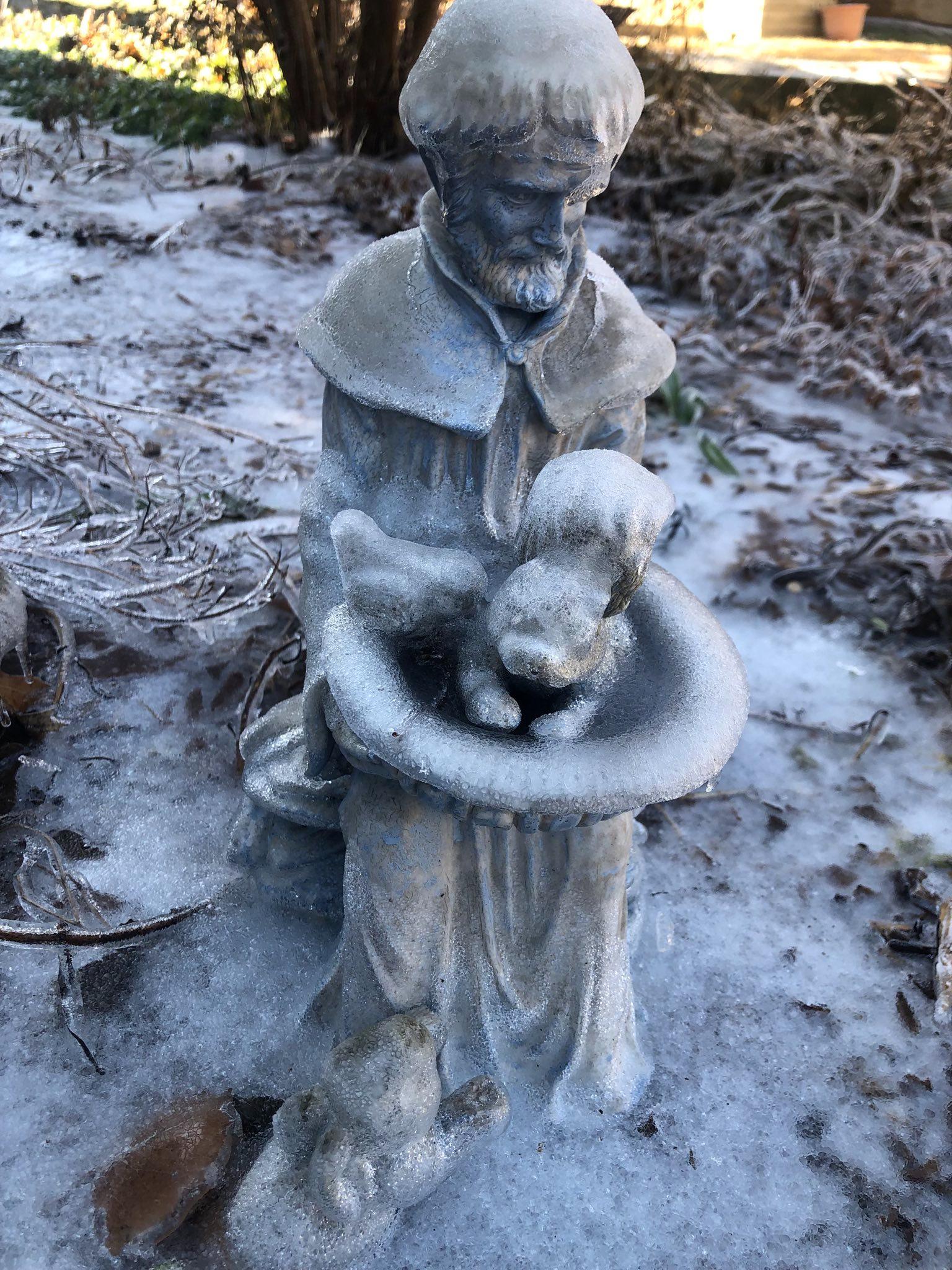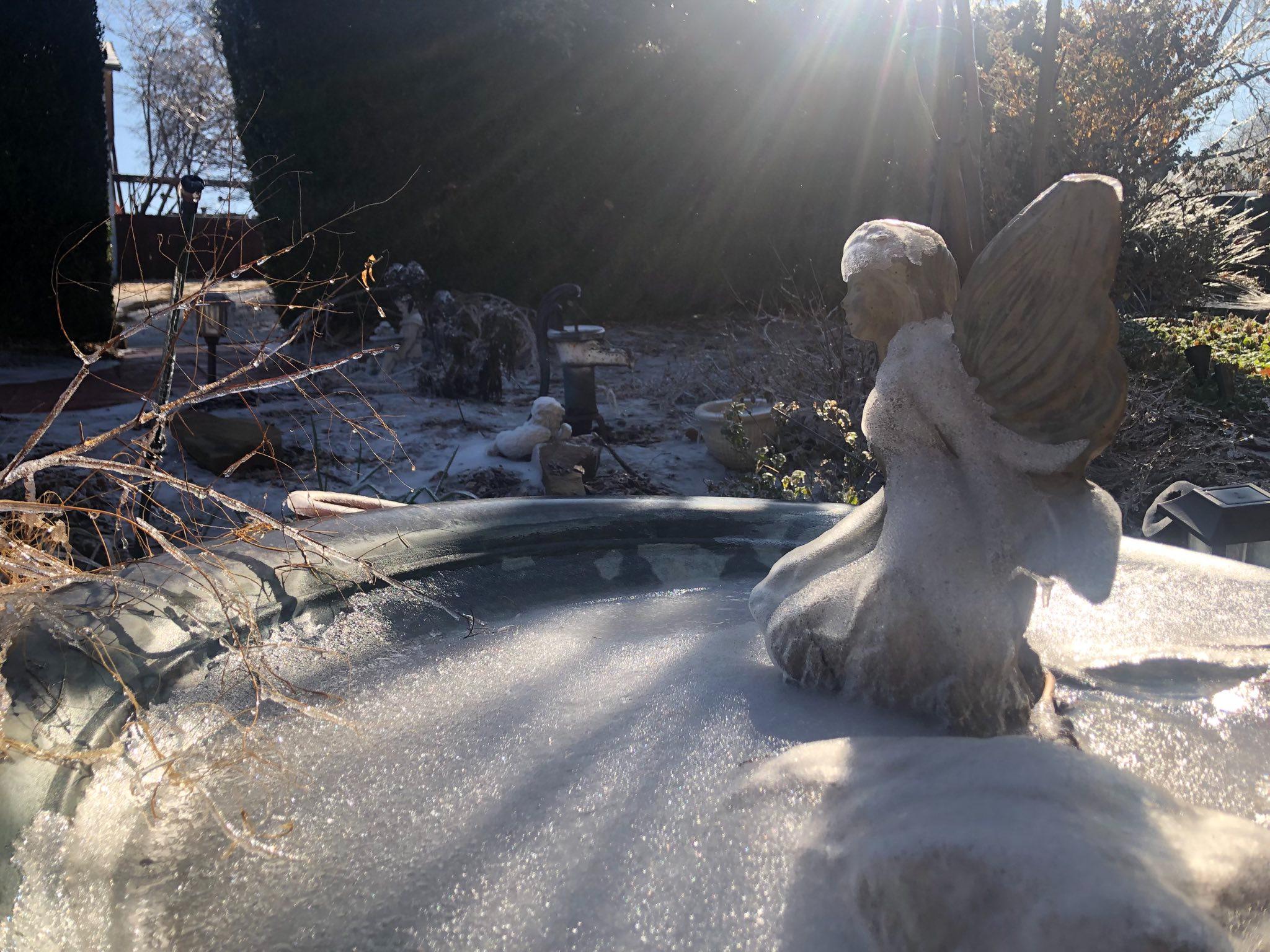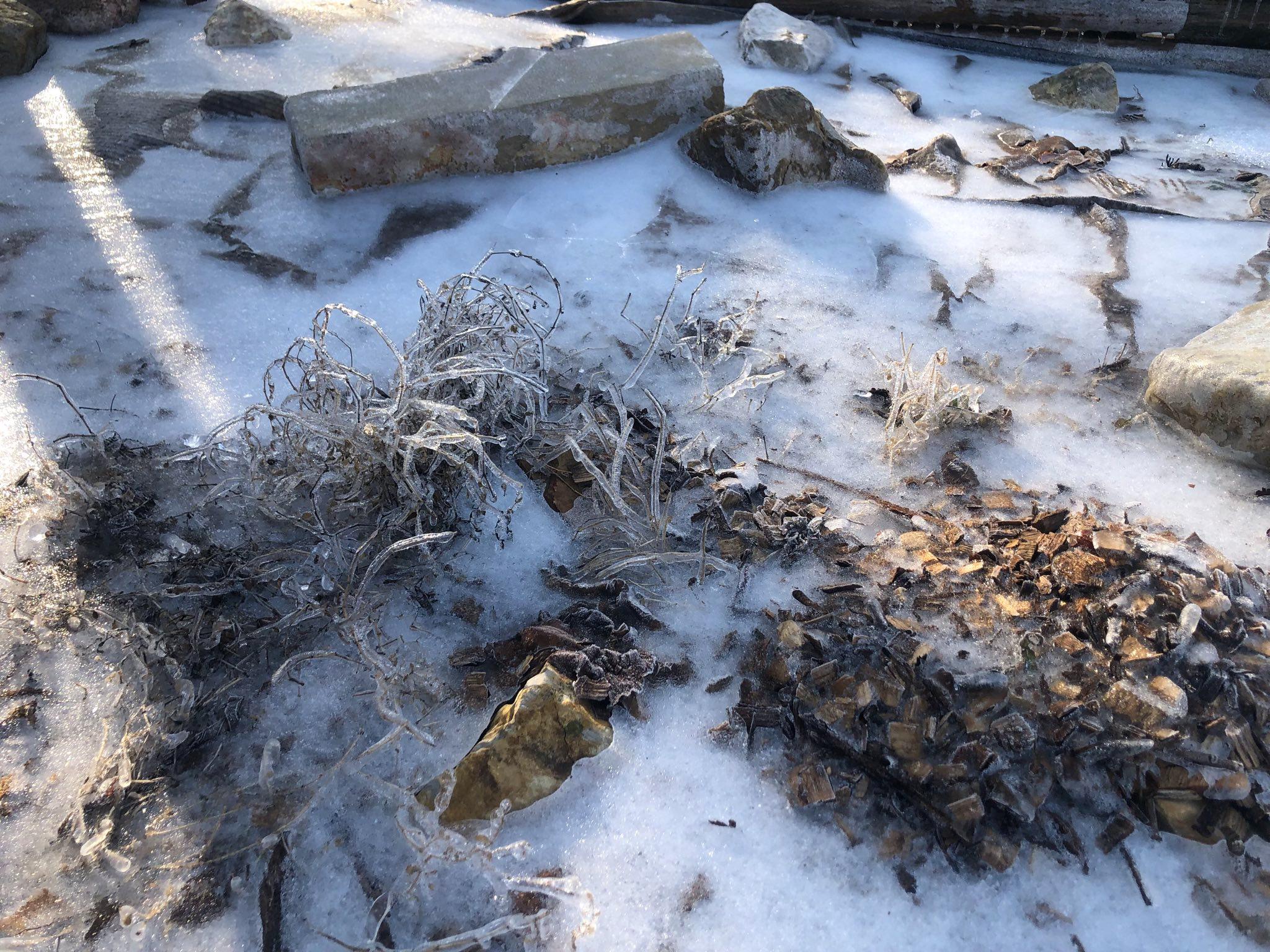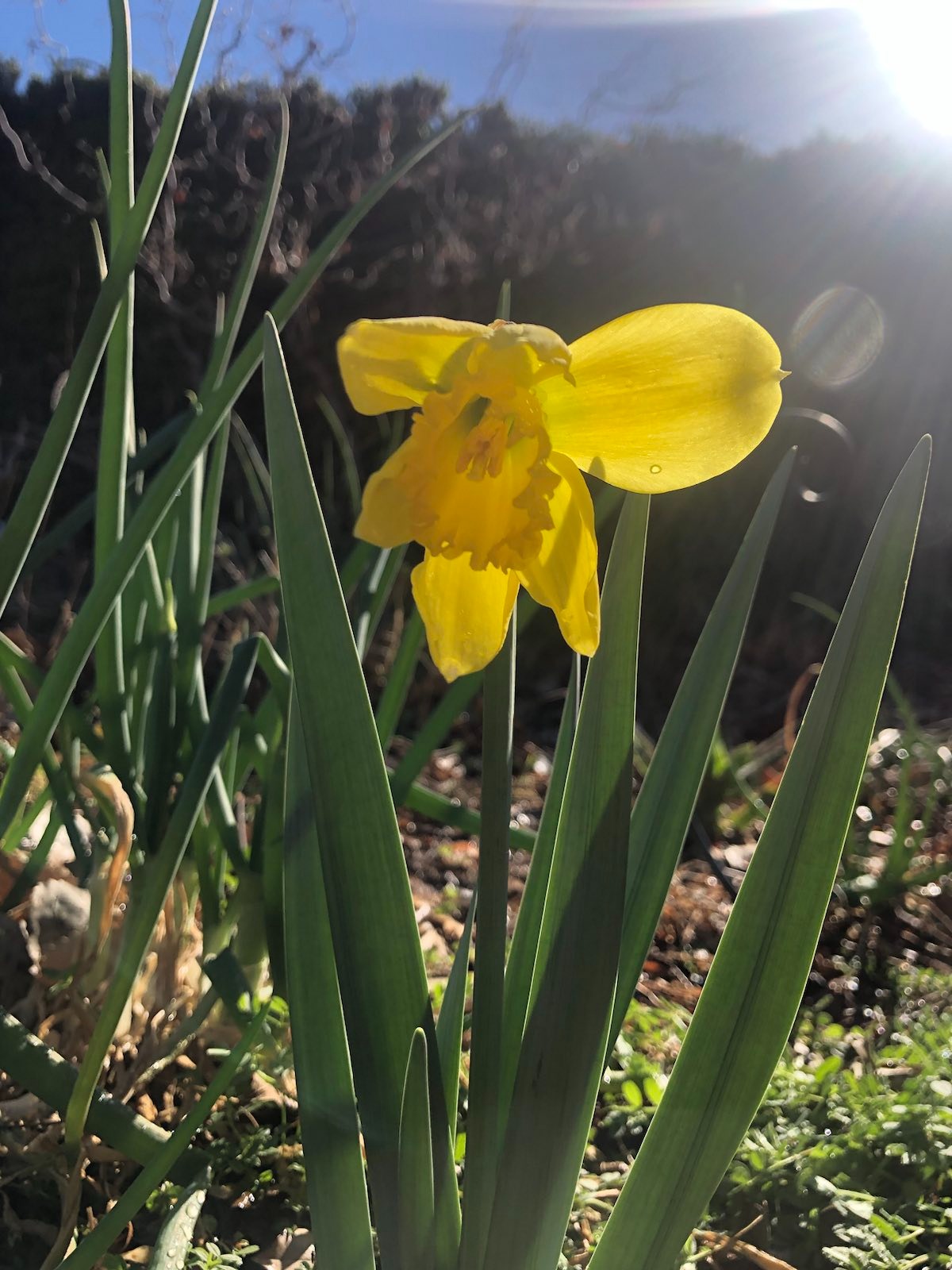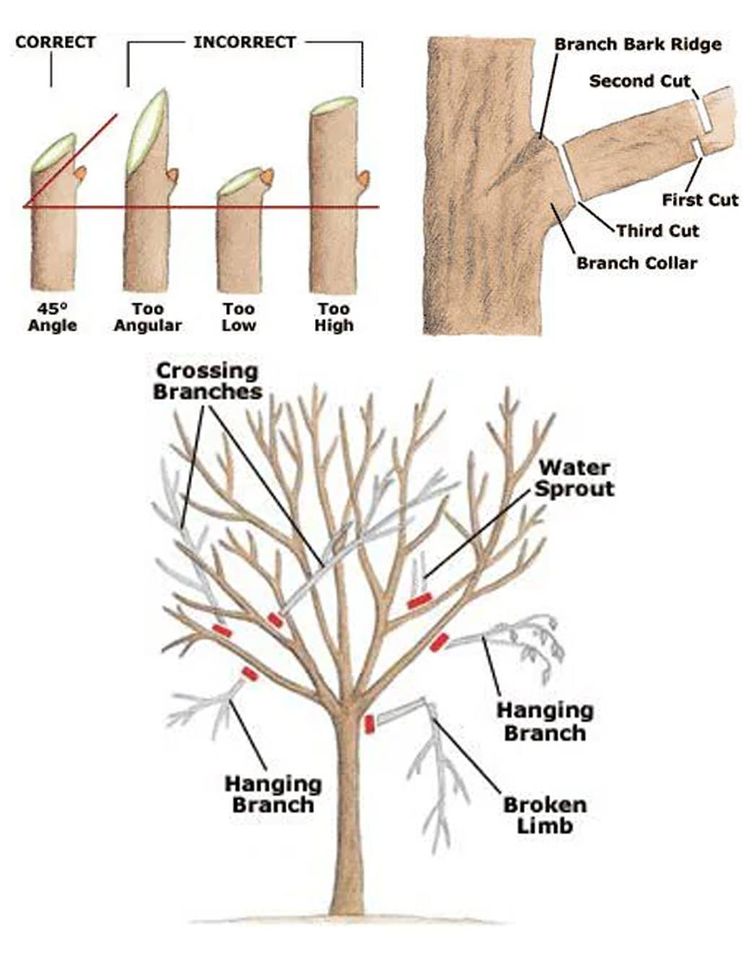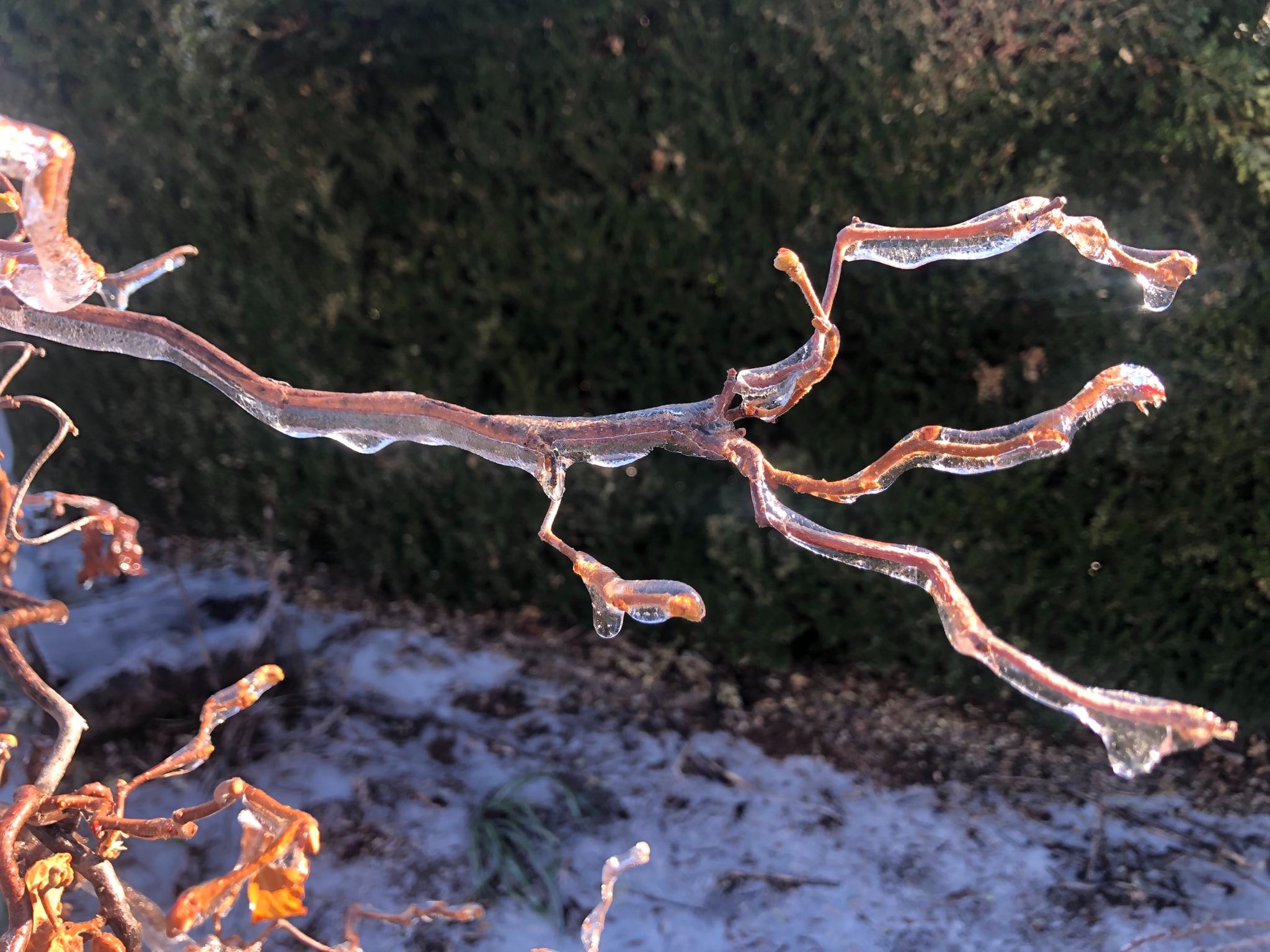 February begins to herald the change to spring here in North Texas, and while we often get some of our hardest freezes in February it’s also the time when your garden will begin to wake up. We’ve had some fairly hard freezes, as well as snow and ice this year. Any damage to your plants should be easy to spot right now. That being said, never assume the worst. Most perennials that are planted in the ground will survive, though perhaps with some damage. If you haven’t already, start to trim frost, freeze, and ice or snow damaged limbs from your plants. In some cases that may mean cutting them back to the ground, but that’s okay. If the plant will survive, as most will, you will see new growth sprout from the root ball.
February begins to herald the change to spring here in North Texas, and while we often get some of our hardest freezes in February it’s also the time when your garden will begin to wake up. We’ve had some fairly hard freezes, as well as snow and ice this year. Any damage to your plants should be easy to spot right now. That being said, never assume the worst. Most perennials that are planted in the ground will survive, though perhaps with some damage. If you haven’t already, start to trim frost, freeze, and ice or snow damaged limbs from your plants. In some cases that may mean cutting them back to the ground, but that’s okay. If the plant will survive, as most will, you will see new growth sprout from the root ball.
If there is any doubt as to whether a plant is truly dead or not, we always recommend waiting until the time of year when that plant usually comes back out of dormancy. Many perennials such as mallows like Turks cap will look completely dead but will sprout in the spring with vigor. Most plants use a combination of available sunlight, as the days grow longer, as well as soil temperature to decide when to come out of dormancy. Now is also the time to begin planning your spring garden.
This is the perfect time to prune woody trees and shrubs, except for oaks, while they are still dormant. Any remaining ornamental grasses and perennials should also get a trim to be ready for spring, although there are some exceptions: plants like wisteria set their buds in the fall and should not be trimmed until later in the spring after flowering. If there are any deadfall, loose brush, or annuals that have run their course, it is time to do a deep cleaning in your garden and pull all that out. It’s not too late to plant new trees and shrubs, but it’s wise to prune by as much as 50% (depending on species) them when they are planted. Nandinas, for example, whether new or existing should be severely pruned back with the tallest canes taken back all the way to ground level. This will encourage more bushy growth and prevent them from becoming too leggy.
 Roses should also be trimmed in about the middle of February. Don’t be afraid to take most of the foliage all the way down to canes, depending on the species. Climbing roses and hardy roses such as Peggy Martin will require much less trimming than shrub form roses. Dead canes from your rose bushes, easily identified by their brown color and brittle nature, should all be removed. Green canes which are, obviously, green and more flexible and less brittle should be left alone. If you have blackberry or raspberry bushes they should receive the same treatment.
Roses should also be trimmed in about the middle of February. Don’t be afraid to take most of the foliage all the way down to canes, depending on the species. Climbing roses and hardy roses such as Peggy Martin will require much less trimming than shrub form roses. Dead canes from your rose bushes, easily identified by their brown color and brittle nature, should all be removed. Green canes which are, obviously, green and more flexible and less brittle should be left alone. If you have blackberry or raspberry bushes they should receive the same treatment.
If you are starting anything from seed they should be planted indoors for now so that they are ready for planting when the soil temperature warms up a bit. If you’re planting in a greenhouse, consider seed warmers to help the soil temperature come up a bit and encourage earlier germination. Certain perennials should also be planted, or at least get them ready to be planted, such as mallows, gloriosas, fall asters and salvias. Cool season annuals can also be swapped out for iceland poppies, larkspur, and sweet alyssum.
You can begin to fertilize your trees and shrubs right now, but hold off a little bit on any cold-sensitive plants. They should wait until late March or just before Easter before being fertilized. By the same token your lawns should be scalped, fertilized (depending on the species, it’s still to early to fertilize your warm weather lawns such as St. Augustine) and possibly amended with peat moss towards the end of this month. If possible, make sure to bag the clippings and use it in your compost or as mulch. Remove any winter seeds and start looking to use a pre-emergent weed killer later this month or in early March depending on the weather. If you need to aerate your lawn to help reduce soil compaction this is a good time for that as well.
Remember that we can get hard freezes even through late March and early April, so try not to get overeager and be prepared to use frost cloth to protect your sensitive plants from early spring cold snaps. This is an exciting time of year for gardeners as the warmth of spring is just barely in sight, but let’s just remember not to get ahead of ourselves. Don’t hesitate to pick up the phone and give us a call for a consultation specific to your garden goals.
As our gardens lay dormant it’s a good time to do an irrigation audit and make any needed repairs. Desiree Gardens has partnered with Irrigreen, a manufacturer of custom digital sprinkler systems you can monitor from an app on your phone. To learn more about the Irrigreen systems we can install for you, visit Irrigreen.com, use the QR link below, or give us a call at 877-558-1496. It’s also a good time to make any hardscape changes or additions.
No matter the time of year there is always something to do in a North Texas garden. Winter doesn’t mean that your garden is done. Gardens in our area can remain very active year round even in the depths of winter.
To learn more about the Irrigreen systems we can install for you, visit Irrigreen.com, or give us a call at 877-558-1496.
Like what you’re reading? Get information like this delivered straight to your email inbox by signing up here. We will never sell your information, and you can unsubscribe at any time.
Happy gardening and, as always, take time to play in the dirt!





